filter
-
Brand
- By Category
- Direction
- Date Range
198Events
Pictures
Events
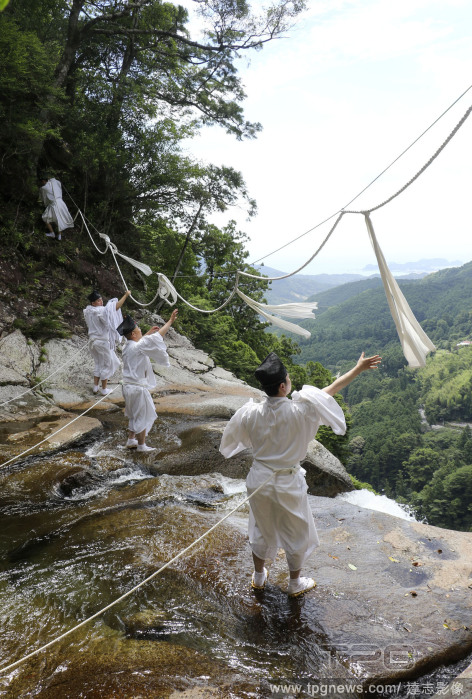
Editorial Sacred rope replace at western Japan waterfall
- 2024-07-09
- 1
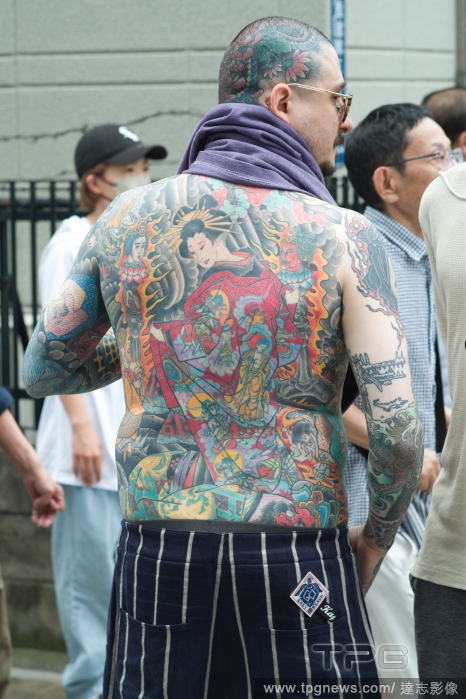
Editorial Sanja Matsuri 2024
- 2024-05-20
- 1
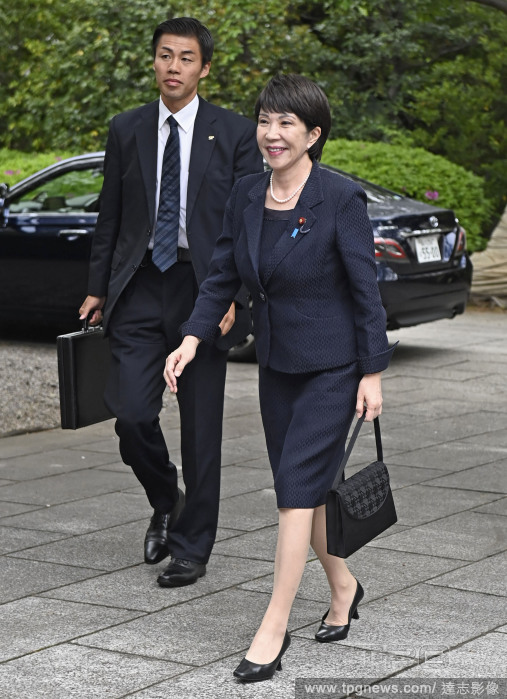
Editorial Yasukuni shrine
- 2024-04-23
- 2
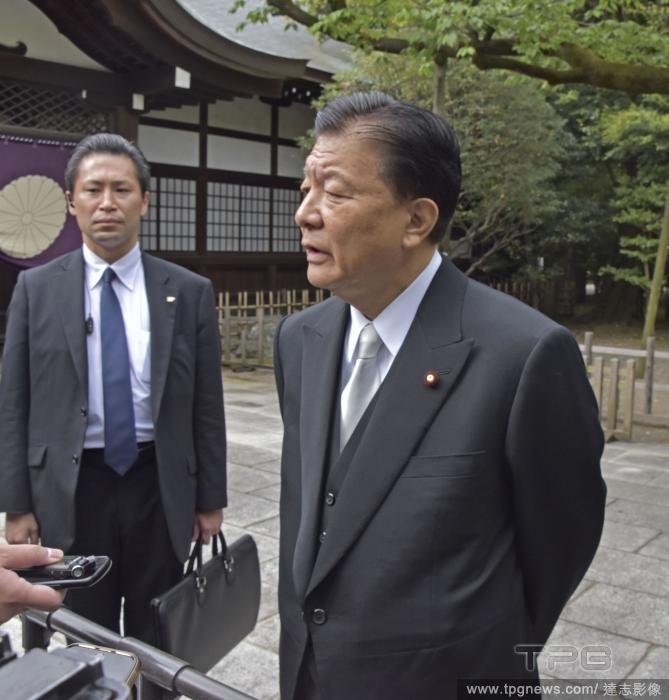
Editorial Yasukuni shrine
- 2024-04-21
- 2
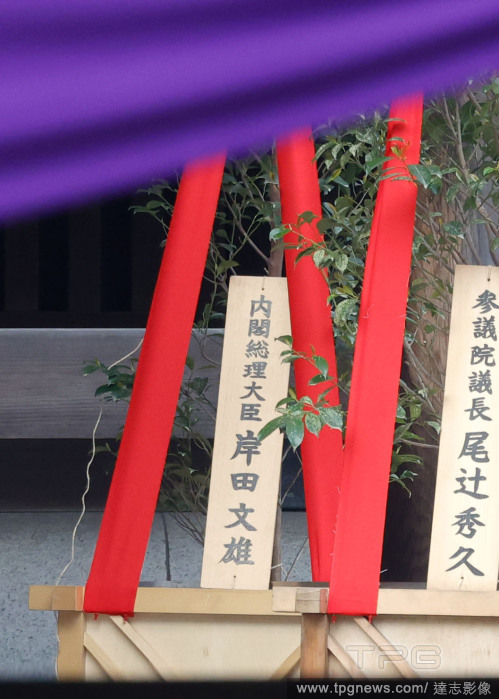
Editorial Japan PM Kishida's ritual offering to war-linked Yasukuni shrine
- 2024-04-21
- 1

Editorial Girls' Day festival in Japan
- 2024-03-03
- 1
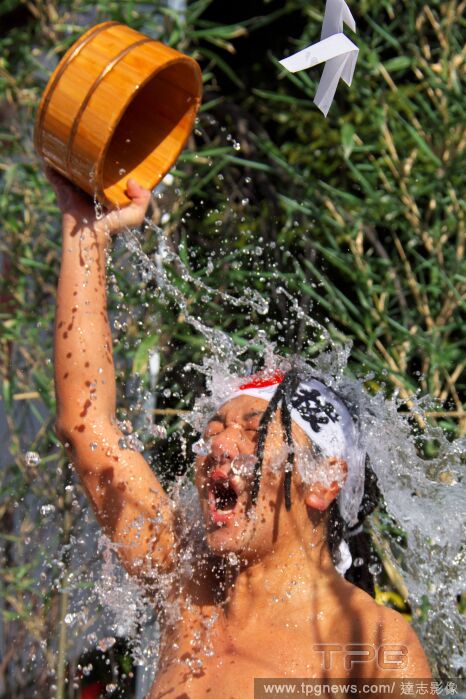
Editorial Kanchu Misogi, Tokio, Tokio, Japan - 13 Jan 2024
- 2024-01-13
- 2
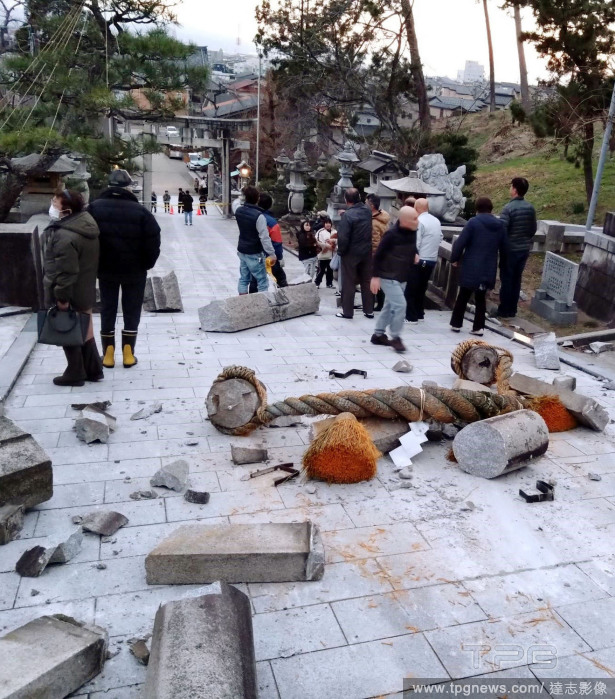
Editorial Strong quake rocks Sea of Japan area
- 2024-01-01
- 1
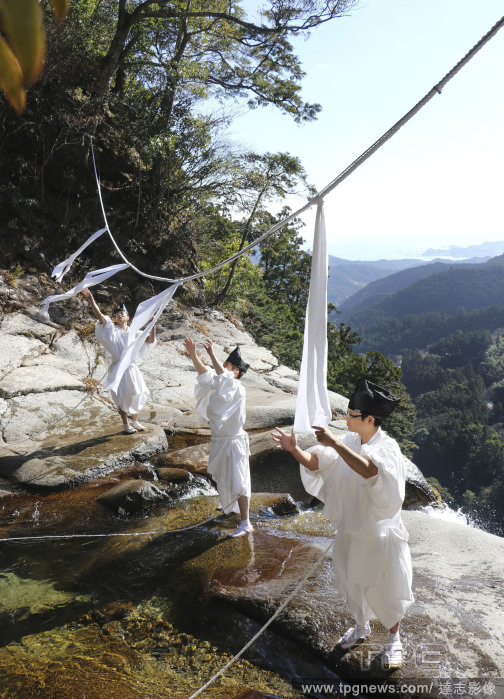
Editorial Sacred rope exchange at western Japan waterfall
- 2023-12-27
- 1
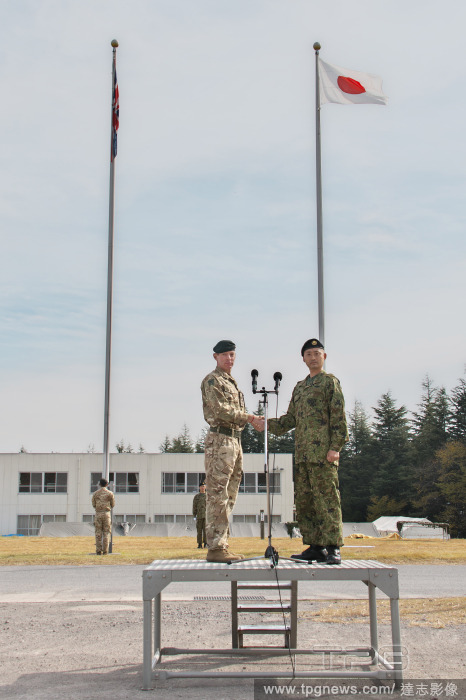
Editorial "Vigilant Isles 23" opening ceremony in Gunma, Shinto, Japan - 15 Nov 2023
- 2023-11-15
- 2

Editorial Yasukuni shrine
- 2023-10-17
- 7
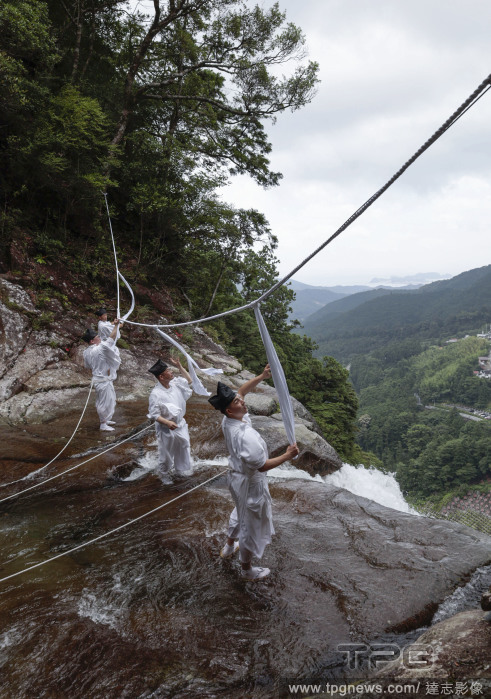
Editorial Sacred rope exchange event at western Japan waterfall
- 2023-07-10
- 1
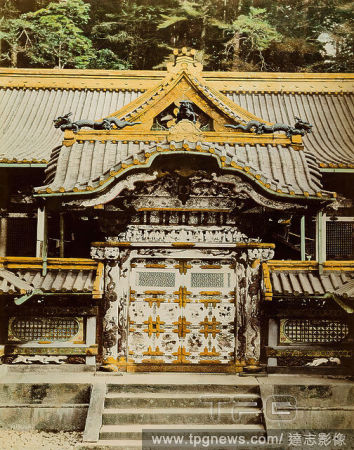
Editorial Sacred rope exchange event at western Japan waterfall
- 2023-06-15
- 1
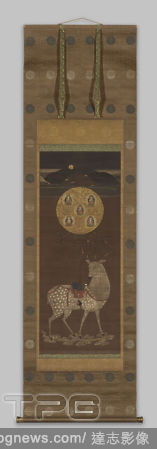
Editorial Sacred rope exchange event at western Japan waterfall
- 2023-06-15
- 1
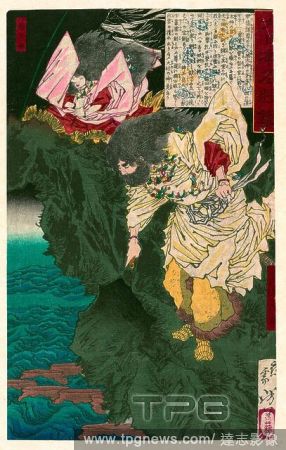
Editorial Sacred rope exchange event at western Japan waterfall
- 2023-06-15
- 1

Editorial Sacred rope exchange event at western Japan waterfall
- 2023-06-15
- 1
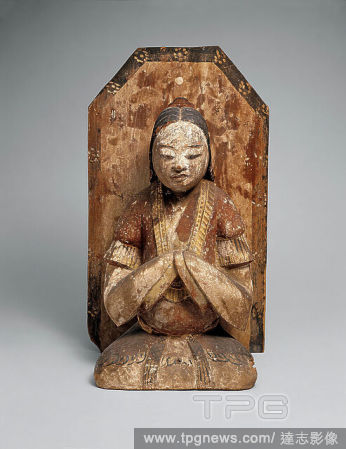
Editorial Sacred rope exchange event at western Japan waterfall
- 2023-06-15
- 1
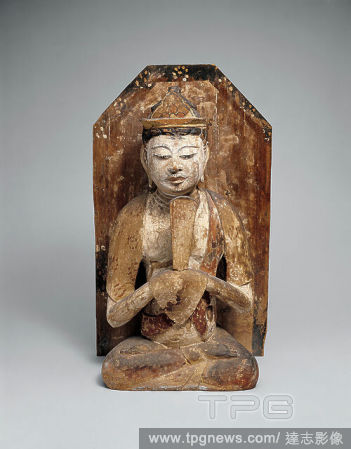
Editorial Sacred rope exchange event at western Japan waterfall
- 2023-06-15
- 1
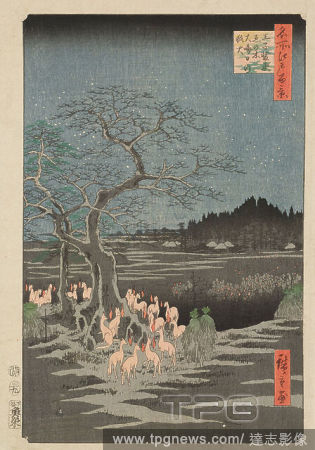
Editorial Sacred rope exchange event at western Japan waterfall
- 2023-06-15
- 1
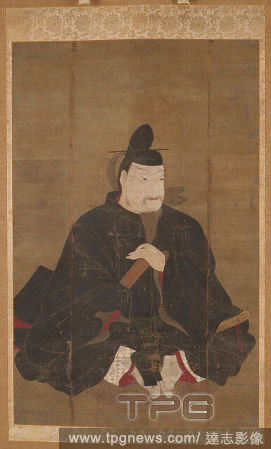
Editorial Sacred rope exchange event at western Japan waterfall
- 2023-06-15
- 1
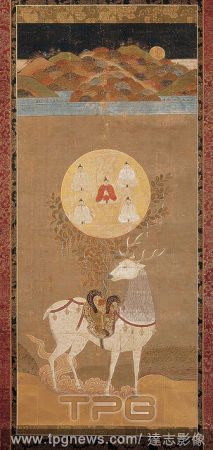
Editorial Sacred rope exchange event at western Japan waterfall
- 2023-06-14
- 1
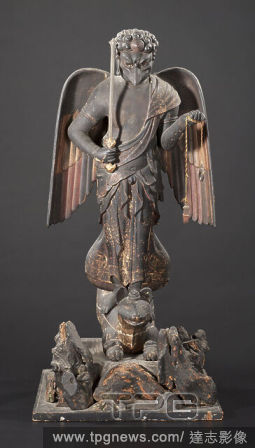
Editorial Sacred rope exchange event at western Japan waterfall
- 2023-06-14
- 1
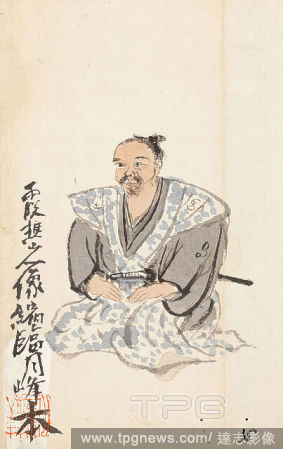
Editorial Sacred rope exchange event at western Japan waterfall
- 2023-06-14
- 1
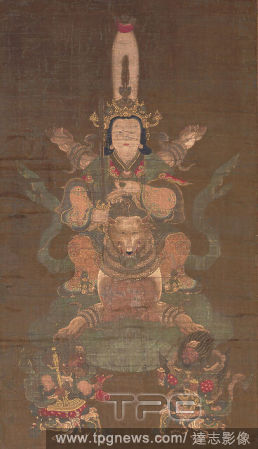
Editorial Sacred rope exchange event at western Japan waterfall
- 2023-06-14
- 1
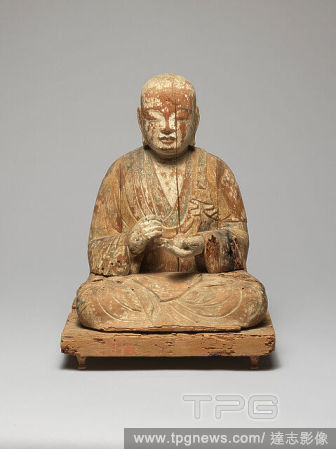
Editorial Sacred rope exchange event at western Japan waterfall
- 2023-06-14
- 1

Editorial Sacred rope exchange event at western Japan waterfall
- 2023-06-07
- 1
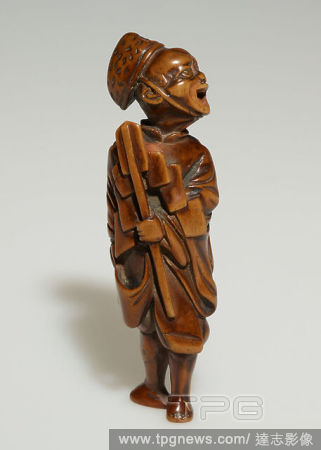
Editorial Sacred rope exchange event at western Japan waterfall
- 2023-06-07
- 1

Editorial Sacred rope exchange event at western Japan waterfall
- 2023-06-07
- 1
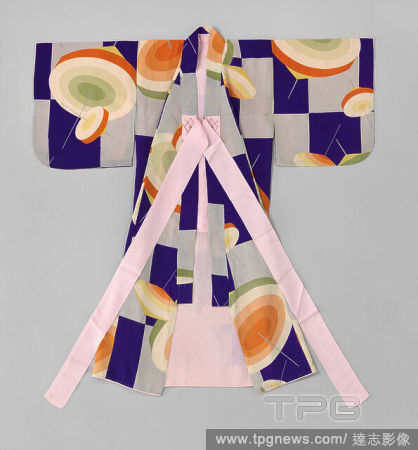
Editorial Sacred rope exchange event at western Japan waterfall
- 2023-06-07
- 1
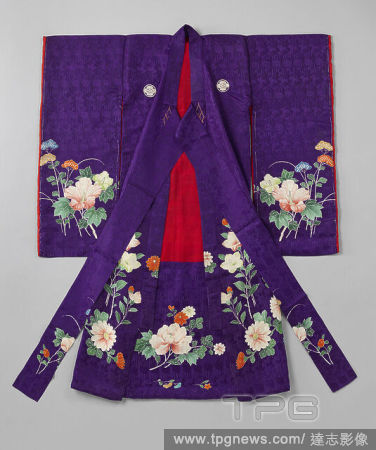
Editorial Sacred rope exchange event at western Japan waterfall
- 2023-06-07
- 1
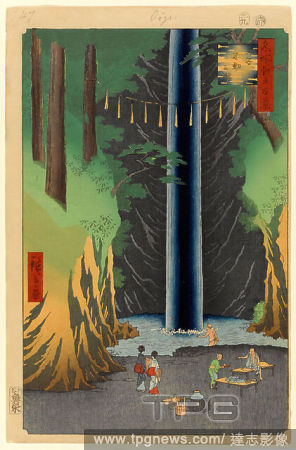
Editorial Sacred rope exchange event at western Japan waterfall
- 2023-06-07
- 1
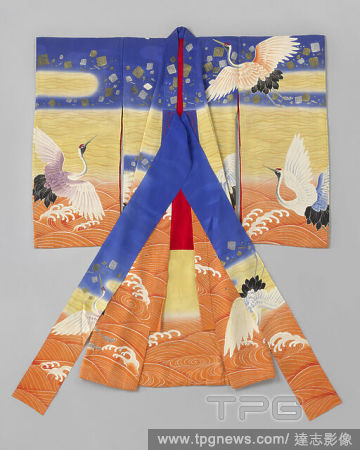
Editorial Sacred rope exchange event at western Japan waterfall
- 2023-06-07
- 1
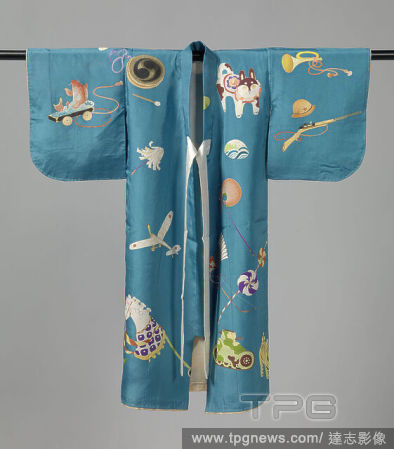
Editorial Sacred rope exchange event at western Japan waterfall
- 2023-06-07
- 1
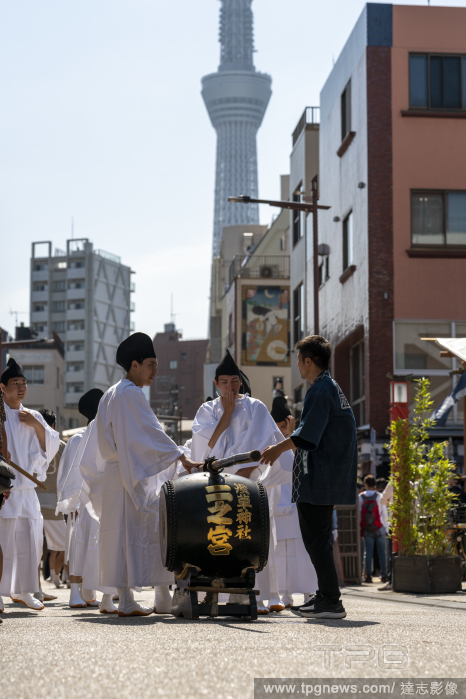
Editorial Sacred rope exchange event at western Japan waterfall
- 2023-05-21
- 1
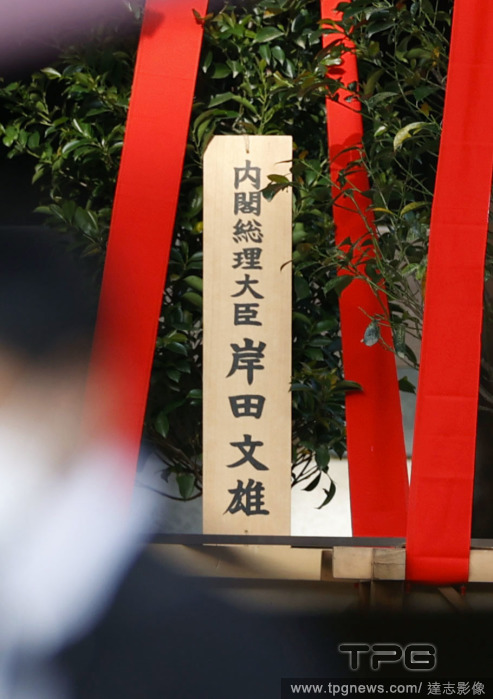
Editorial Sacred rope exchange event at western Japan waterfall
- 2023-04-21
- 1
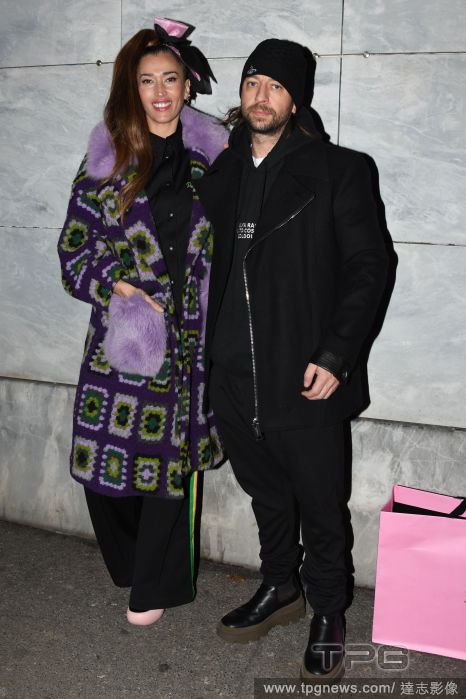
Editorial Michelle Hunziker celebrates her 46th birthday at the Shinto restaurant, Milan, Italy - 24 Jan 2023
- 2023-01-27
- 34
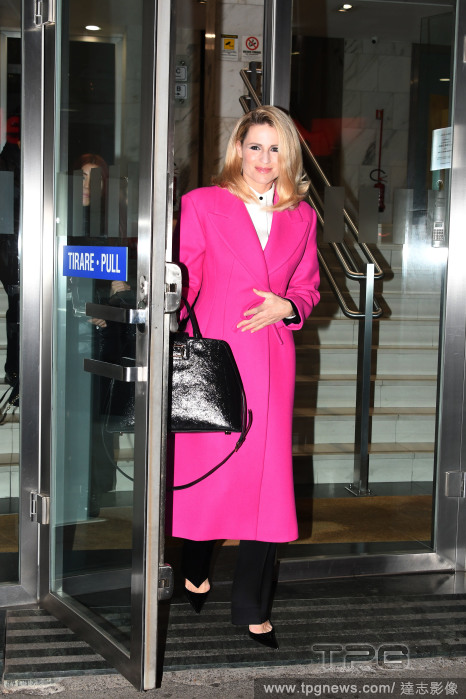
Editorial Italy: Milan, Michelle Hunziker celebrates her 46th birthday with a dinner with friends at the Shinto restaurant.
- 2023-01-26
- 74
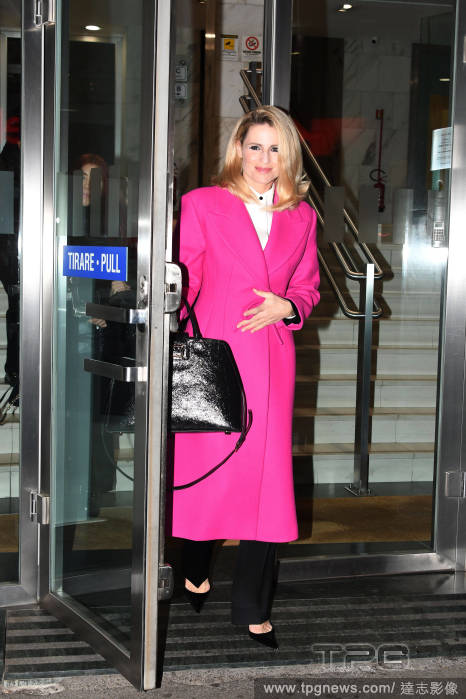
Editorial Milan, Michelle Hunziker celebrates her 46th birthday with a dinner with friends at the Shinto restaurant.
- 2023-01-25
- 9

Editorial Milan, Michelle Hunziker celebrates her 46th birthday with a dinner with friends at the Shinto restaurant.
- 2023-01-25
- 74

Editorial Michelle Hunziker celebrates her 46th birthday in Milan
- 2023-01-25
- 68

Editorial Shinto believers pour cold water to purify their bodies and souls
- 2023-01-14
- 7

Editorial Young Woman Climbing Stone Stairs to a Shinto Temple.
- 2022-12-25
- 1

Editorial Boys miyamairi kimono with gramophone records, Formal kimono for a boy for the first visit to a Shinto shrine (miyamairi kimono), with a decoration covering the entire surface of gramophone records with the text ' Butterfly, 'A-8', 'd?y?' ('children'),...
- 2022-12-24
- 1
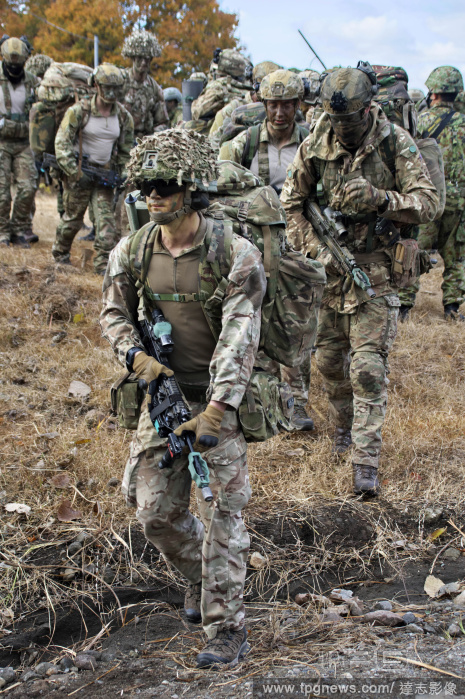
Editorial Japan-Britain military exercise, Shinto, Gumma, japan - 26 Nov 2022
- 2022-11-28
- 1
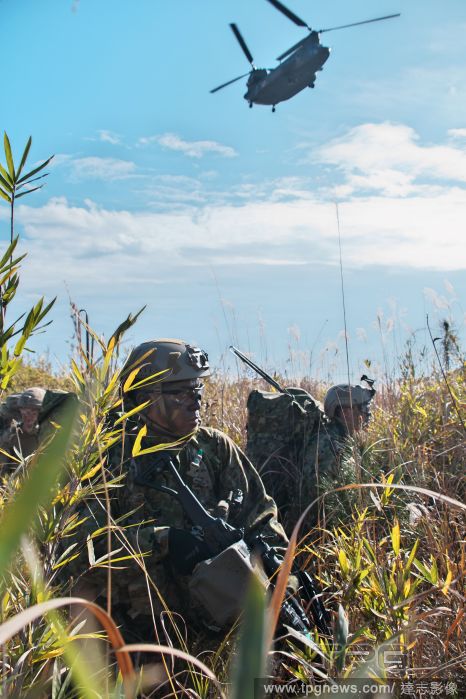
Editorial Japan and British Army conduct joint military exercise for island defense "Vigilant Isles" in Japan, Shinto, Gunma - 26 Nov 2022
- 2022-11-27
- 1
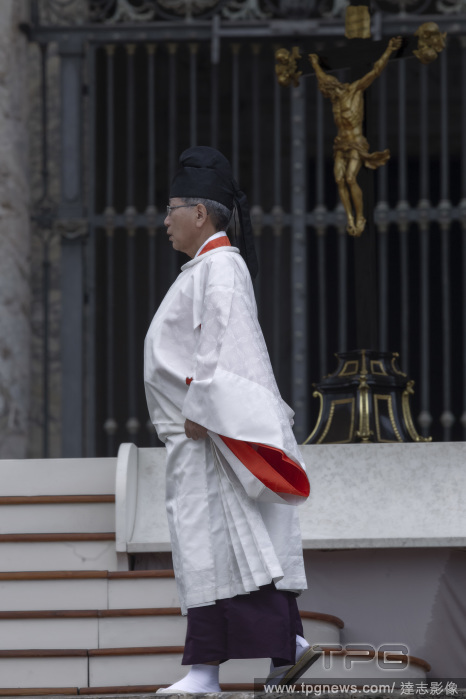
Editorial Pope Francis's Weekly General Audience, St. Peter's Square, the Vatican, Vatican City - 16 Nov 2022
- 2022-11-18
- 2

Editorial Japan PM Kishida sends ritual offering to Yasukuni shrine
- 2022-10-17
- 1

Editorial The Actor Bando Mitsugoro I as the Shinto Priest Goinosuke Disguised as the Spirit of a White Heron, in the Play Sakikaese Yuki no Miyoshino, Performed at the Morita Theater in the Eleventh Month, 1781. Katsukawa Shunsho ?? ??; Japanese, 1726-1792. Dat...
- 2022-07-21
- 1

Editorial Girl on Her Way to the Shinto Shrine on a Stormy Night.
- 2022-07-21
- 1
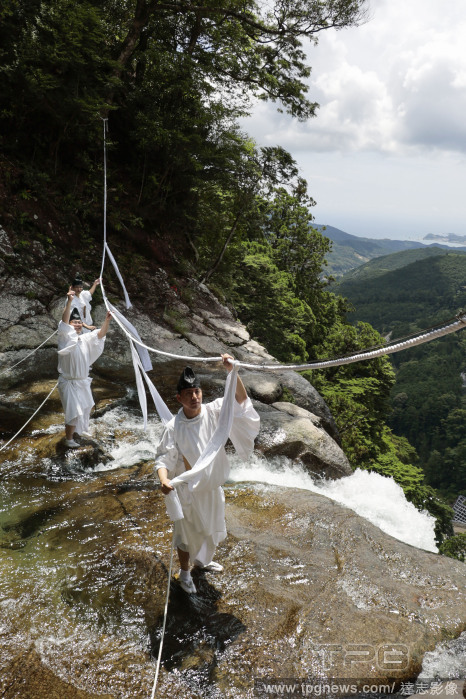
Editorial "Shimenawa" straw rope replaced at Kumano Nachi Taisha shrine
- 2022-07-09
- 1
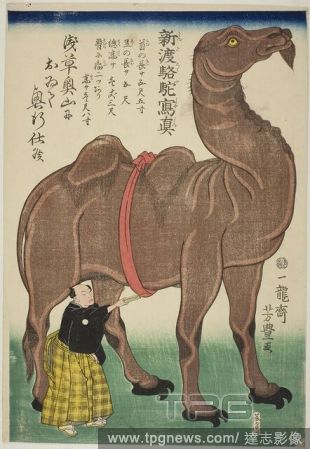
Editorial True Drawing of a Newly Arrived Camel (Shinto rakuda shashin). Utagawa Yoshitoyo; Japanese, 1830-1866. Date: 1863. Dimensions: . Color woodblock print; oban. Origin: Japan.
- 2022-04-24
- 1
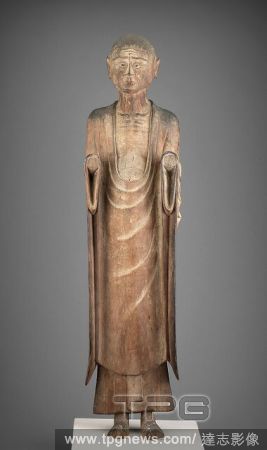
Editorial Shinto Deity in the Guise of the Monk Hyeja. Japan. Date: 1001-1125. Dimensions: H. 97 cm. Wood with traces of pigment. Origin: Japan.
- 2022-04-24
- 1

Editorial Young Woman Climbing Stone Stairs to a Shinto Temple.
- 2022-04-24
- 1

Editorial Japanese lawmakers visit war-linked Yasukuni shrine
- 2022-04-22
- 2
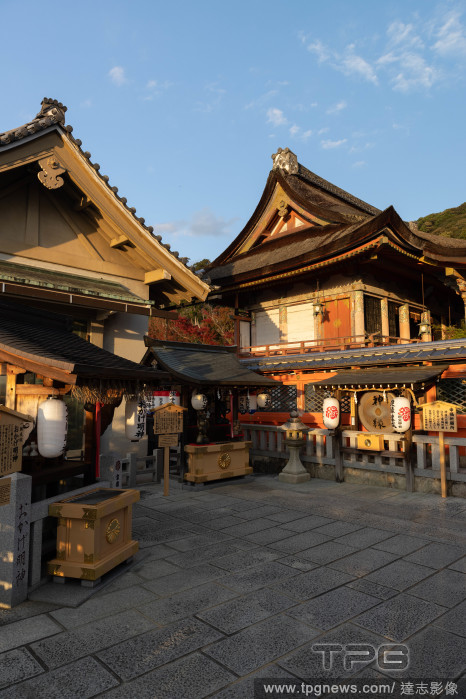
Editorial Kyoto in Autumn, Japan - 25 Nov 2021
- 2021-11-29
- 1
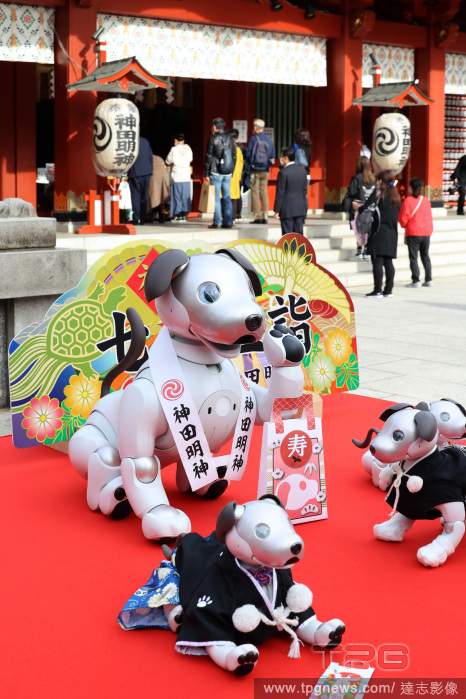
Editorial Sony's robot dog Aibo celebrates 753 festival for their third birthday
- 2021-11-12
- 2
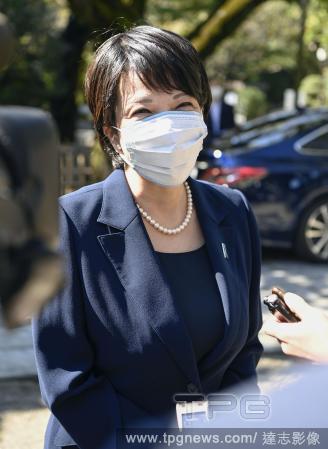
Editorial LDP policy chief Takaichi visits Yasukuni shrine
- 2021-10-18
- 3

Editorial Japan's new PM sends ritual offering to war-linked Yasukuni shrine
- 2021-10-17
- 2

Editorial Ex-Japan PM Suga visits war-linked Yasukuni shrine
- 2021-10-17
- 1

Editorial The Actor Nakamura Sukegoro II as a Samurai Disguised as a Shicho or Attendant at a Shinto Shrine.
- 2021-10-09
- 1
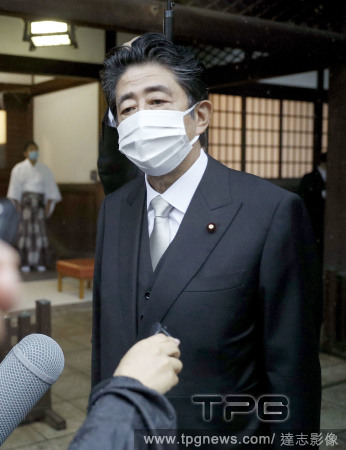
Editorial Ex-Japan PM Abe visits war-linked Yasukuni shrine
- 2021-08-15
- 3
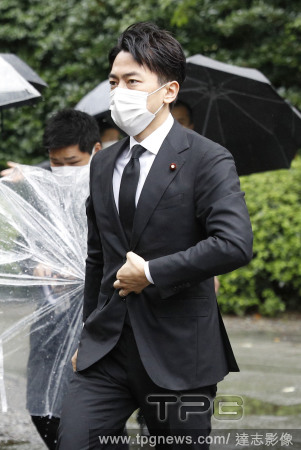
Editorial Japan minister visits war-linked Yasukuni shrine
- 2021-08-15
- 3

Editorial War-linked Yasukuni shrine
- 2021-08-15
- 1

Editorial Japan defense minister visits war-linked Yasukuni shrine
- 2021-08-13
- 2
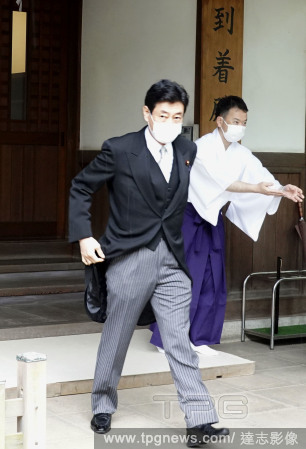
Editorial Japan minister Nishimura visits war-linked Yasukuni shrine
- 2021-08-13
- 1
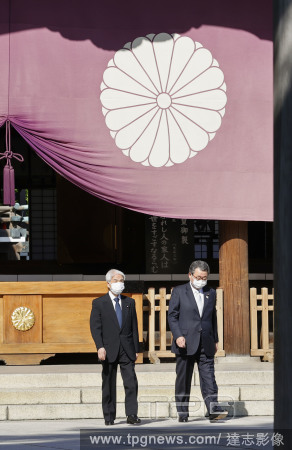
Editorial Visit to war-linked Yasukuni shrine
- 2021-04-22
- 1

Editorial Visit to war-linked Yasukuni shrine
- 2021-04-22
- 1

Editorial Visit to war-linked Yasukuni shrine
- 2021-04-22
- 1
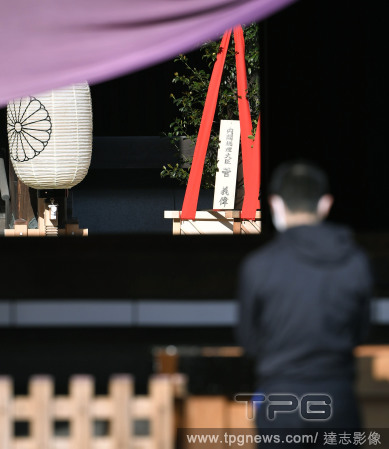
Editorial Suga sends offering to war-linked Yasukuni shrine
- 2021-04-21
- 1
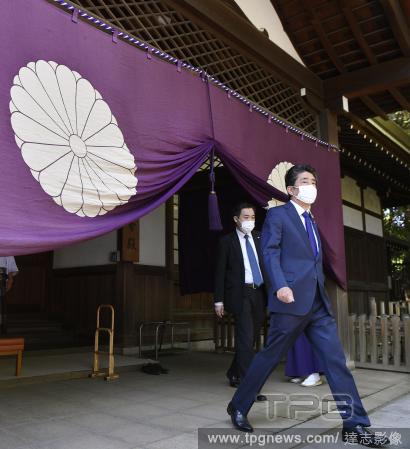
Editorial Ex-PM Abe visits war-linked Yasukuni shrine
- 2021-04-21
- 1

Editorial Ex-PM Abe visits war-linked Yasukuni shrine
- 2021-04-21
- 1

Editorial Ex-PM Abe visits war-linked Yasukuni shrine
- 2021-04-21
- 1

Editorial Castle Moat, Ando Hiroshige, Japanese, 17971858, Woodblock print in colored ink on paper, This unordinary print comprises of the rock wall and moat around a castle. The lower half of the print shows a bustling crowd of people heading toward the gateway...
- 2021-02-21
- 1
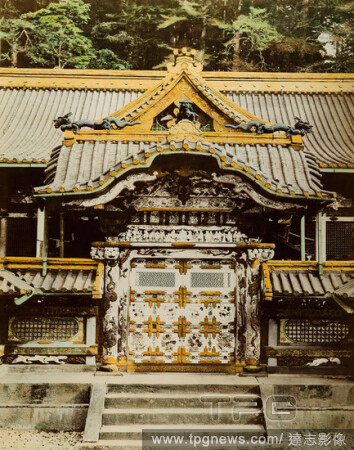
Editorial Karamon-Tor, Tsh-g Shinto shrine, Nikk, albumin paper, black and white positive process, hand-colored, image size: height: 48.30 cm; width: 38.20 cm, inscribed: recto u.: in lead: Karamon. Nikko, travel photography, portal/edicula, After the opening of...
- 2021-02-21
- 1

Editorial Kasuga Deer?Mandala, early 15th?century, Hanging scroll: ink, color, gold pigment, and cut gold on silk; with ornate brass rollers, incised design., without mounting: 37 3/16 ? 13 3/4 in. (94.5 ? 35?cm), A distinctive feature of Japanese Buddhism is th...
- 2021-02-21
- 1

Editorial Mokujiki Shnin, Sacred Names of Shinto Deities and the 'Oracles of the Three Shrines', Japan, Edo period (16151868), Mokujiki Shnin (Japanese, 17181810), 1805, Japan, Hanging scroll; ink on paper, Image: 31 1/2 ? 8 1/8 in. (80 ? 20.7 cm), Overall with ...
- 2021-02-19
- 2
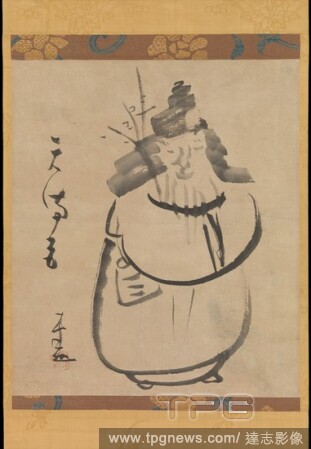
Editorial Tenmangu, " Sugawara no Michizane as Tenjin Traveling to China".
- 2021-02-19
- 2

Editorial Standing Courtesan.
- 2021-02-19
- 1
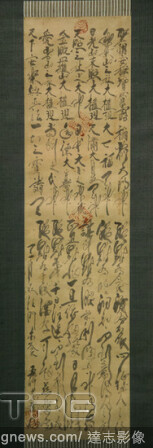
Editorial Sacred Names of Shinto Deities and the Oracles of the Three Shrines"".
- 2021-02-19
- 1
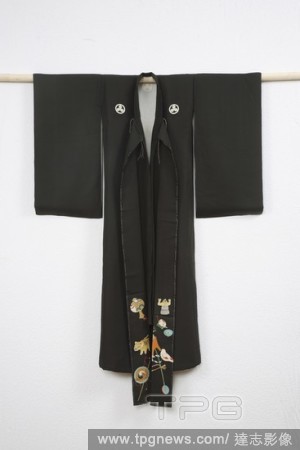
Editorial Set of a boy miyamairi kimono and haori, Formal kimono for a boy for the first visit to a Shinto shrine (miyamairi kimono), with against a background of a diamond pattern in white on blue adornment of five circle-shaped images: a stream train in a coas...
- 2020-12-04
- 1
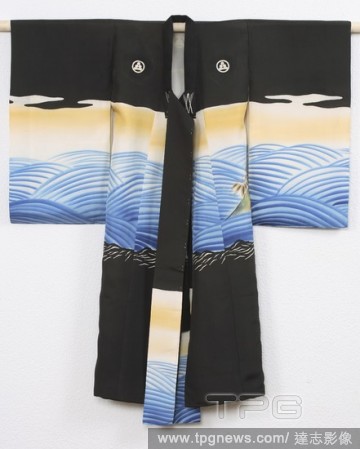
Editorial Boys miyamairi kimono with springing carp, Formal kimono for a boy for the first visit to a Shinto shrine (miyamairi kimono), with a decoration of two carp springing up from stylized waves, with rocks, bamboo and stylized clouds. Symbol for (academic) ...
- 2020-12-04
- 1
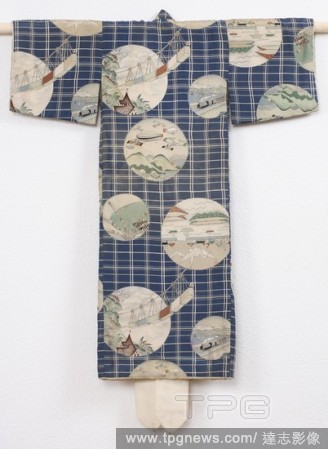
Editorial Boys miyamairi kimono with trains, air and shipping, Formal kimono for a boy for the first visit to a Shinto shrine (miyamairi kimono), with against a background of a diamond pattern in white on blue a decoration of five crescent-shaped images: a strea...
- 2020-12-04
- 1
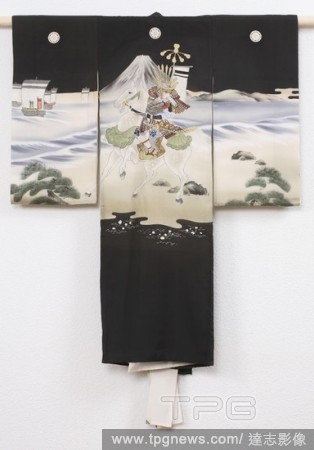
Editorial Boys miyamairi kimono with the Battle of the Fuji River, Formal kimono for a boy for the first visit to a Shinto shrine (miyamairi kimono), with a decoration of a night scene with a samurai on horseback on the banks of the Fuji River, the mountain and ...
- 2020-12-04
- 1

Editorial Oban gold coin and mameita-gin silver "bean coin" against peony-motif decorated paper.
- 2020-12-02
- 1
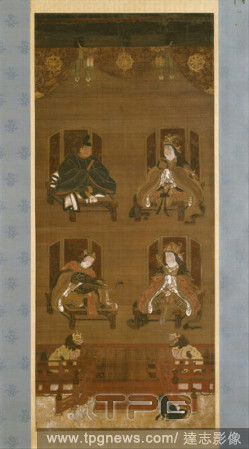
Editorial ???????, The Four Deities of Koyasan Temple Complex, Nanbokucho period (1336?92), late 14th century, Japan, Hanging scroll; ink, color, and gold on silk, Image: 37 ? 16 in. (94 ? 40.6 cm), Paintings, The four deities in court dress represent a hierarch...
- 2020-12-02
- 1

Editorial Susano no mikoto, Susanoo no mikoto., Taiso, Yoshitoshi, 1839-1892, artist, [188-], 1 print : woodcut, color ; 31 x 19.3 cm., Print shows Susanoo no Mikoto, the shinto god of storms, standing on the edge of a cliff, pointing toward the sea, with a woma...
- 2020-12-01
- 1

Editorial Susano no mikoto, Susanoo no mikoto., Taiso, Yoshitoshi, 1839-1892, artist, [188-], 1 print : woodcut, color ; 31 x 19.3 cm., Print shows Susanoo no Mikoto, the shinto god of storms, standing on the edge of a cliff, pointing toward the sea, with a woma...
- 2020-12-01
- 1
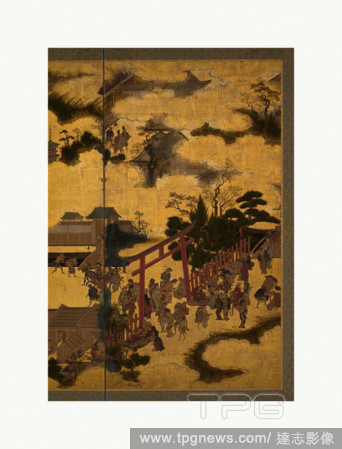
Editorial At the Shrine Gate, Edo period (1615?1868), 17th century, Japan, Two-panel folding screen; ink, color, and gold on paper, 60 x 64 1/4 in. (152.4 x 163.2 cm), Screens, This bird's-eye view of a Shinto shrine and its environs offers a lively scene of sev...
- 2020-11-26
- 1
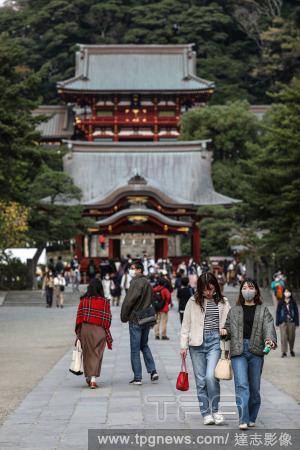
Editorial Shichi go san event in Kamakura, Japan - 06 Nov 2020
- 2020-11-10
- 1

Editorial Mark the 100th anniversary of the Meiji shrine
- 2020-11-04
- 2

Editorial Yasukuni shrine
- 2020-08-15
- 1
 Loading
Loading 